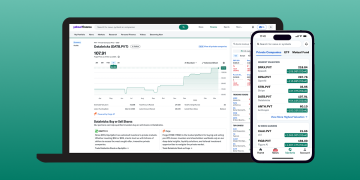Chicago wheat futures fell more than 2 percent on Monday, their fifth straight day of losses, the longest losing streak since November, as the U.S. wheat harvest began faster than expected.
In May this year, due to the impact of bad weather in Eastern Europe, Chicago wheat futures surged more than 12% in the month, the largest monthly increase since the outbreak of the conflict between Russia and Ukraine.
Russia and Ukraine are the world’s leading grain exporters, accounting for nearly a third of global wheat exports, but in May, a crucial month for wheat harvests, both countries were hit by extreme weather, putting local wheat production at risk.
Wheat began to pile up in the southern Plains as we moved into June, with traders waiting for global buyers to switch supplies from the United States.
The U.S. Department of Agriculture said Monday that the country’s winter wheat harvest is 6 percent complete, which is above analysts’ expectations of 4 percent and the five-year average of 3 percent.
Joe Nussmeier, a broker at Frontier Futures, said on Tuesday that the faster-than-expected U.S. wheat harvest had finally cooled the market, but the problem was that the wheat had nowhere to go and demand was not good.
Egypt, the world’s largest wheat importer, bought 470,000 tons of wheat from Romania and other European suppliers in the latest tender.
The United States was once the world’s largest wheat exporter, but has fallen to fourth place. The most widely grown wheat variety in the United States is hard red winter wheat, which makes up about two-thirds of the crop. Winter wheat is usually planted between September and November (in the Northern Hemisphere) and harvested in the summer or early fall of the following year.
According to the American Wheat Council, hard red winter wheat has excellent quality and is suitable for use in baked goods such as bread rolls, croissants and pizza. However, the disadvantage of this wheat is its high price, losing out to cheaper Russian wheat in the international market.
Lee Scheufler, a wheat farmer and crop scout in Kansas, US, said: “All we know is that the wheat we grow is not necessarily suitable for price-sensitive consumers.”































